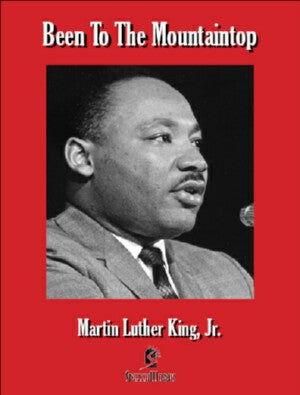Just the Facts: America's Documents of Freedom 1917-1920
American democracy has a lineage of written records that we can trace to show the development of our nation, and how each document builds on those before it to make our foundation of freedom stronger. In this video, the documents conceived during World War I and the years immediately following it are examined.Espionage Act and Sedition Act (1917 and 1918) --åÊ These acts were written to silence opponents of the war and conscription.åÊ Many Americans believed these acts violated First Amendment rights of freedom of speech.åÊ In the landmark case, Schenck v. United States, the Supreme Court disagreed.åÊ Chief Justice Oliver Wendell Holmes delivered his famous "clear and present danger" opinion. Selective Service Act (1917) --åÊ The United States entered World War I in April of 1917.åÊ The following month, to meet the need for troops, Congress passed the Selective Service Act, which made it mandatory for men between the ages of 21 and 30 register for the draft.åÊ Woodrow Wilson‰۪s Fourteen Points Peace PlanåÊ (1918) --åÊ President Wilson presented his Fourteen Points peace plan to Congress just two months after German surrender. It outlined his plan for building peace in the post-war world and the establishment of The League of Nations.åÊ The Treaty of Versailles (1919) --åÊ At the close of World War I, the leaders of France, Italy, England, and the United States met in the palace of Versailles to work out a peace plan.åÊ Although President Woodrow Wilson objected, the treaty was very punitive toward Germany. It planted the seeds of rebellion in Germany.åÊ åÊThe Volstead Act (1919) åÊ--åÊ In January of 1919, the 18th Amendment was ratified. It prohibited the manufacture and sale of alcoholic beverages. The Volstead Act was passed by Congress to enforce the 18th Amendment. The 19th Amendment (1920) --åÊ The 19th Amendment, written into law in 1920, granted women the right to vote.






